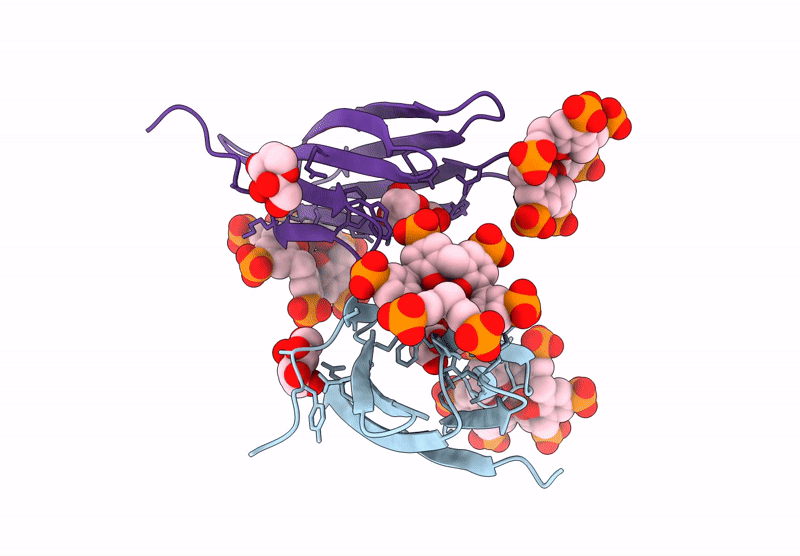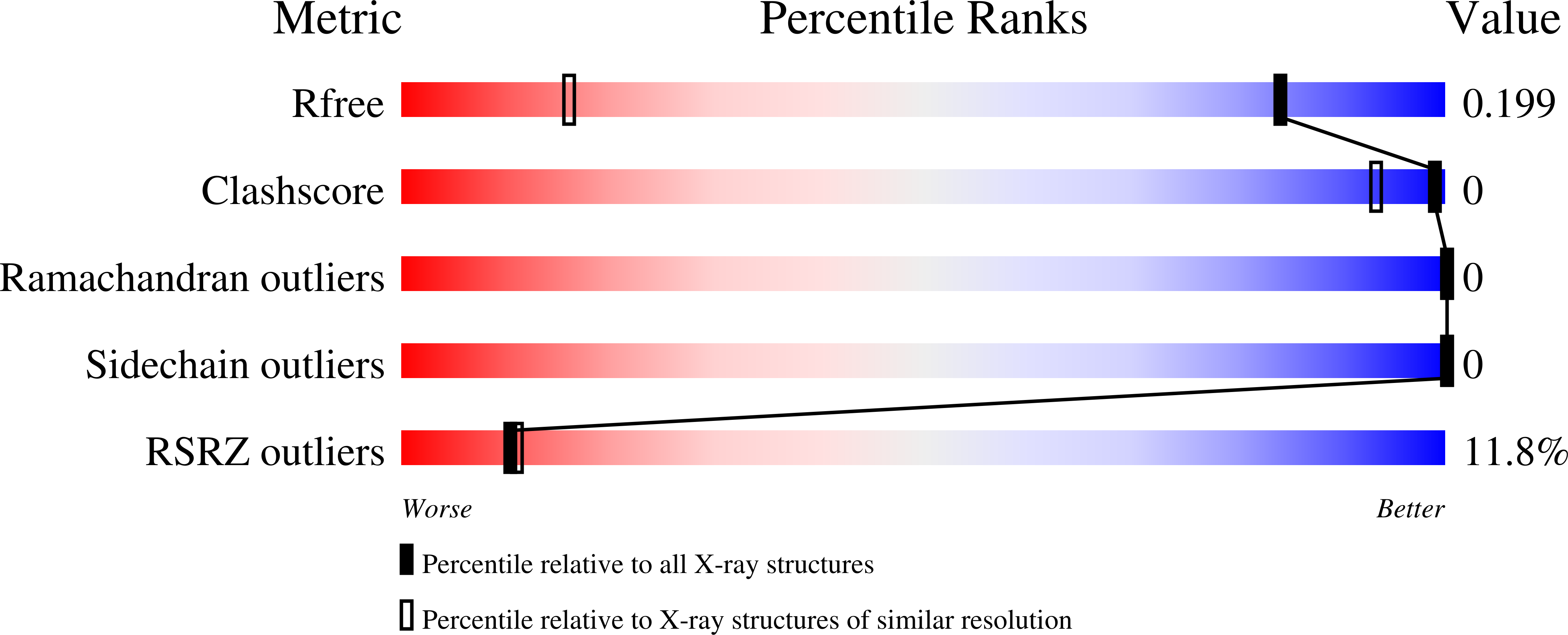
Deposition Date
2024-11-06
Release Date
2025-04-16
Last Version Date
2025-05-28
Entry Detail
PDB ID:
9HBD
Keywords:
Title:
The RSL - phosphonato-calix[6]arene cocrystal structure, pH 4.0
Biological Source:
Source Organism:
Ralstonia solanacearum (Taxon ID: 305)
Host Organism:
Method Details:
Experimental Method:
Resolution:
1.09 Å
R-Value Free:
0.19
R-Value Work:
0.18
R-Value Observed:
0.18
Space Group:
H 3 2


